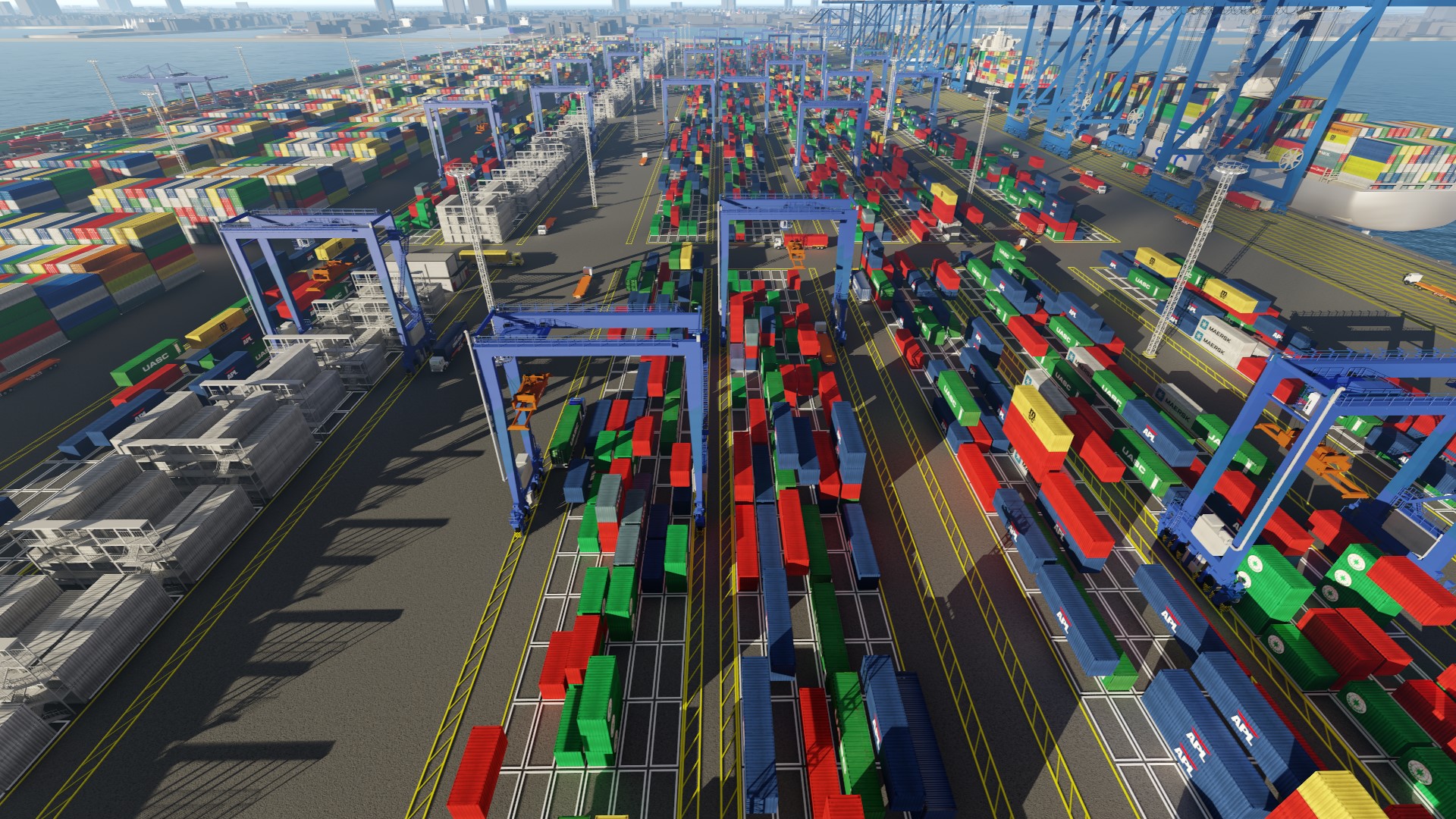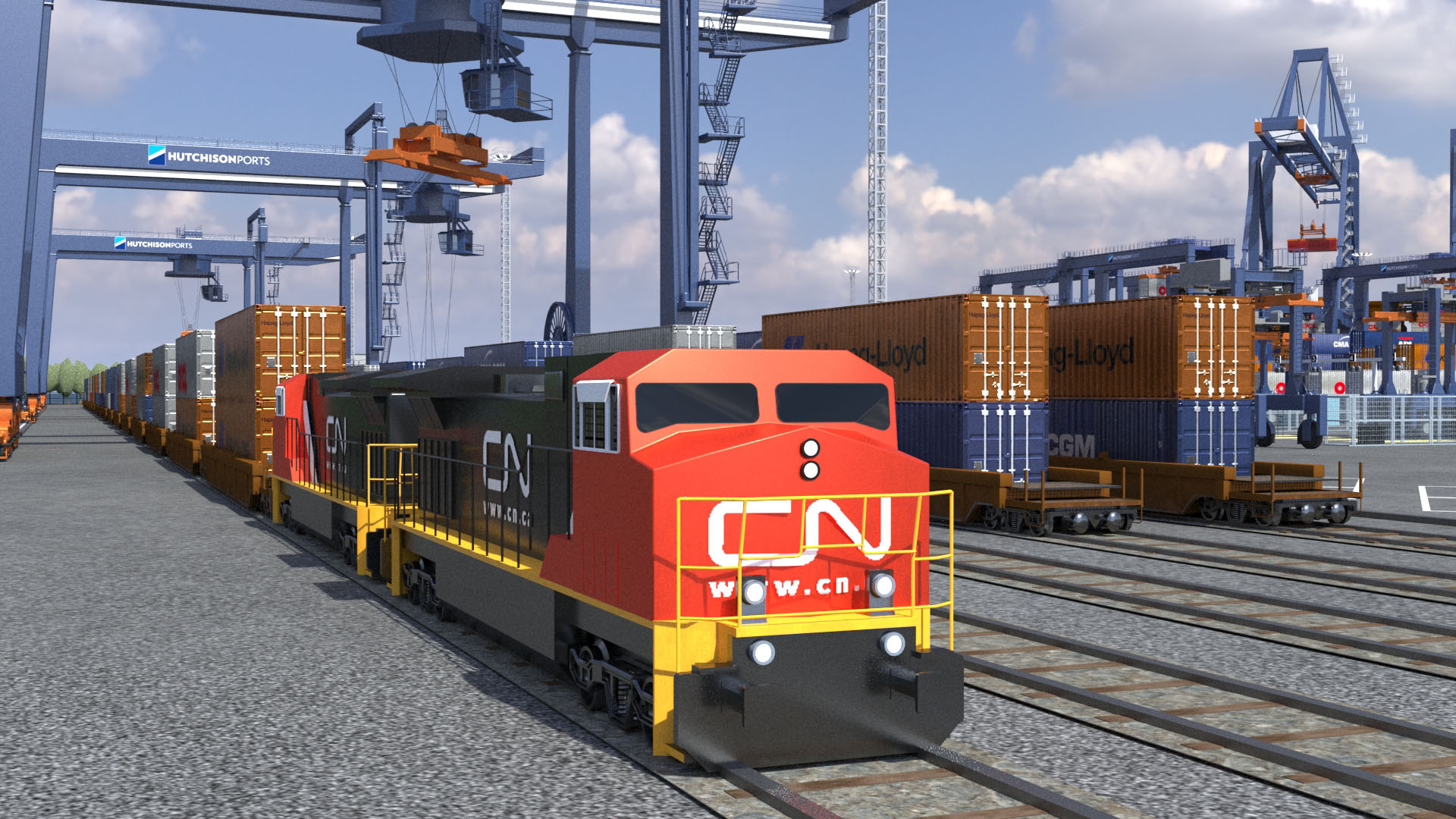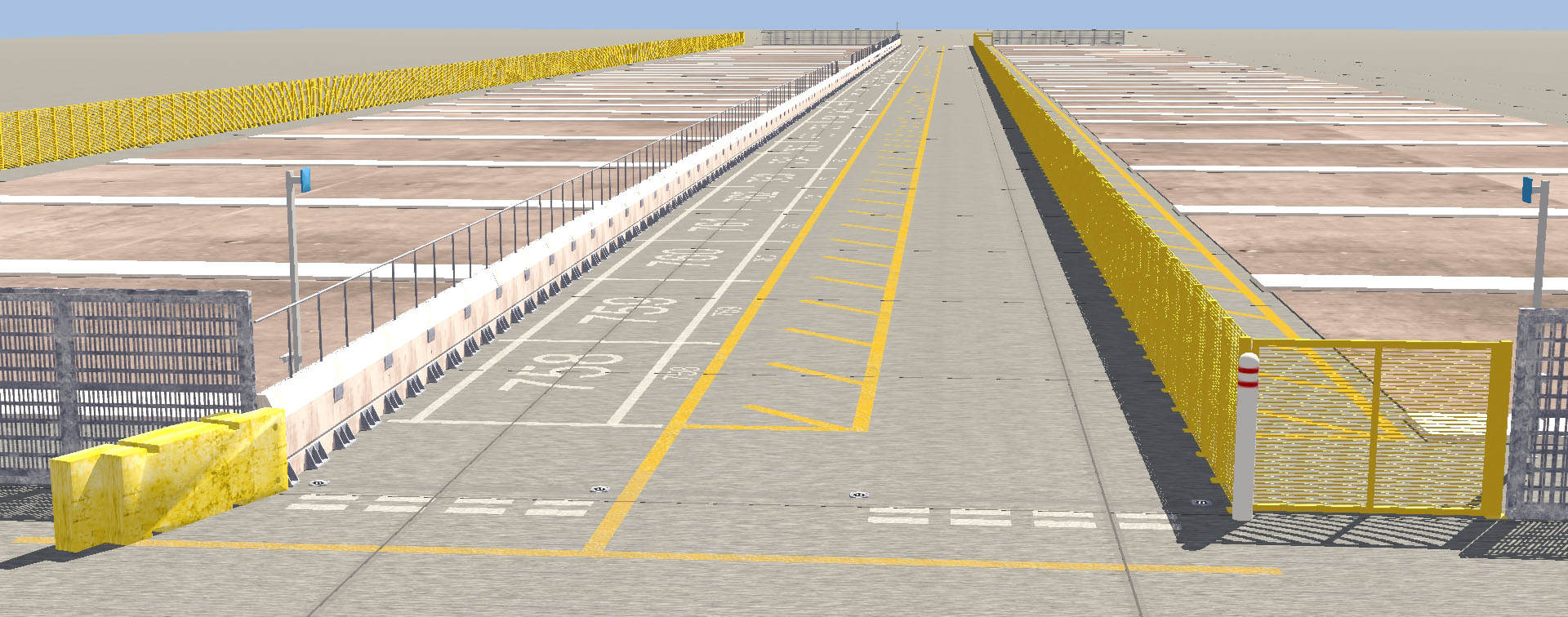Is your container port project ready for professional 3D visualization?
Confidential tender projects are our speciality with much experience for leading port
and operators on the planet.
What is container port visualization?
Container port visualization with the ABCreative visualization bureau is a way to get photorealistic 3D renders of your container terminal project while still in development. It allows users to view the layout and operations of a container port from different angles and perspectives.
Container port 3D visualization includes a detailed scale model of the container terminal to your design specifications, complete with cranes, ships, and port traffic. We can add overlay layers to visuals or 3D animation to show the movement of containers, location, status, route, and other data sets. Simulate different scenarios, such as vessel traffic, crane movements, and container handling, to help optimize port operations and improve efficiency.
Other case studies:
Miko’s World for Unlimited Snow BV.
Railterminal Gelderland for Provincie Gelderland.
3D visualization for Delta3.

Purpose of container port visualization
Container port companies have projects in the development phase that we can assist with, quickly and effectively turning their 2D CAD into 3D useful for several purposes. Once visualized and animated in 3D, the video helps to inform, persuade and influence others about the port proposals.
Suppliers of specialized port equipment manufacturers also benefit from our understanding on a general level of how container ports look in that we can assist with quickly and effectively turning their 2D CAD into 3D useful for several purposes.
Other types of projects:
See how audio-visual animation combines subtitled 3D animation, video, and voiceover to tell your story.
Want to see how our 3D solar park visualization service works?
See how our snowpark visualization entices financiers and promotes interest in indoor leisure projects.

Benefits of container port visualization

Workflow
- You share your project purpose, expectations & deadlines.
- Both you and we get our questions answered.
- We give a price indication.
- For long projects, we ask for payment in stages.
- On the price agreement, you provide us with project data.
- We start work following the best workflow for the project.
- We provide regular updates using email, calls, or meetings.
- We provide preview visuals via email or Vimeo for animation.
- Your comments lead to changes professionally handled.
- Several preview phases pass before handing over a final product.
- Post-production with voice-over and subtitles, are options
- We deliver final versions.
Deliverables
- 3D visualization in any format.
- 3D animation for online or boardroom use.
- 3D renders at the size you require.
- 3D models if agreed upon in advance as part of the project.
- Preview and final versions by email, wetransfer, or Vimeo.
- Screenshots to show progress anytime.
- Series of renders from multiple viewpoints.
- Simple, photorealistic, or stylized renders of all sizes.
- Birds-eye fly-over or photorealistic walk-through.
- Audiovisual 3D animated productions in H264, 1080p, or 1440p.
- Optional subtitles, professional voice-over, and background music.
Let's talk about 3D design
We are unique and that is why we can help you with your project!

Animation
 Animation
Animation


Modeling
 Modeling
Modeling


Rendering
 Rendering
Rendering


Visualization
 Visualization
Visualization

Your project deserves optimal presentation.
Let us do that for you!

Development
Fund Supporter

